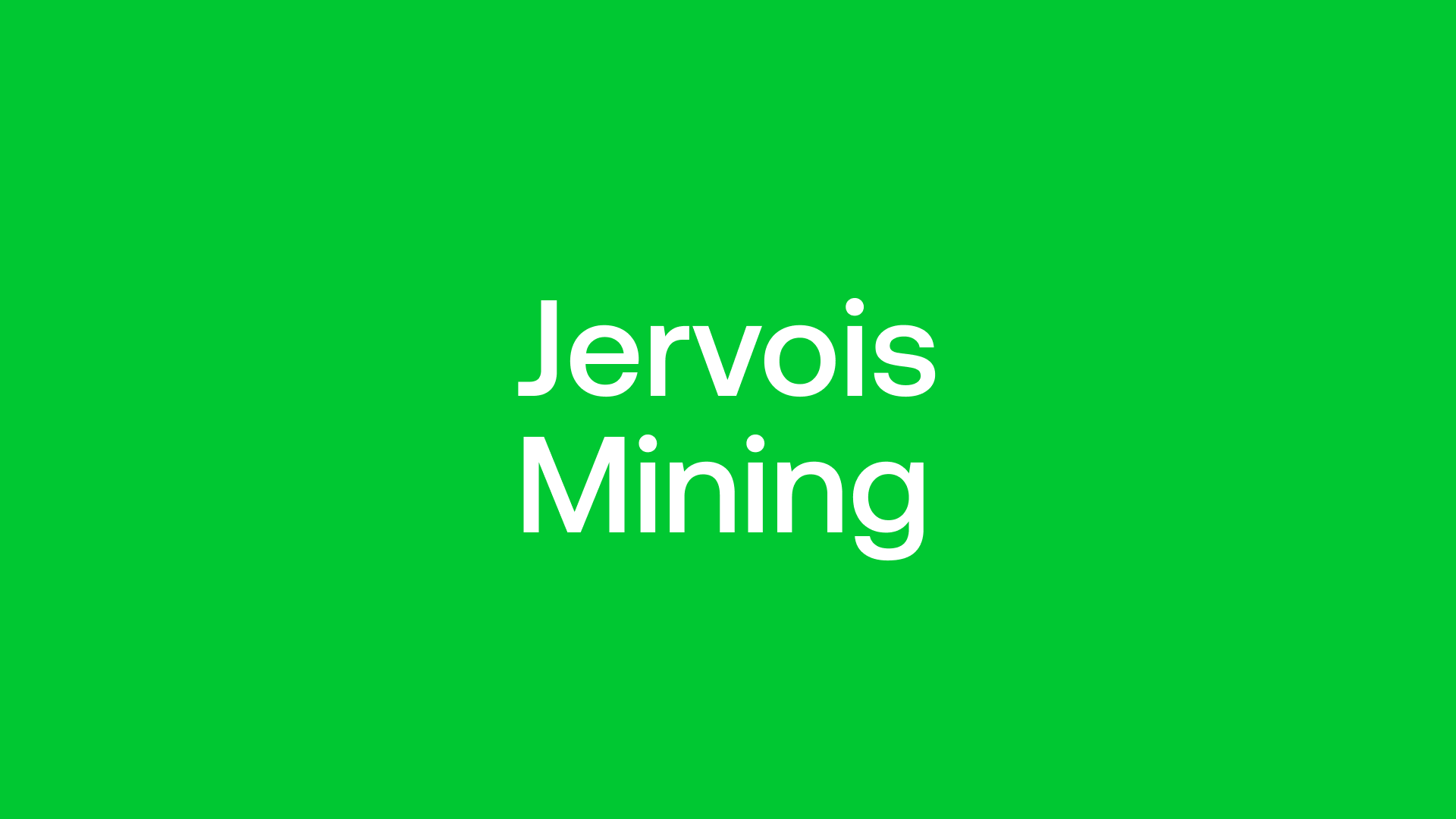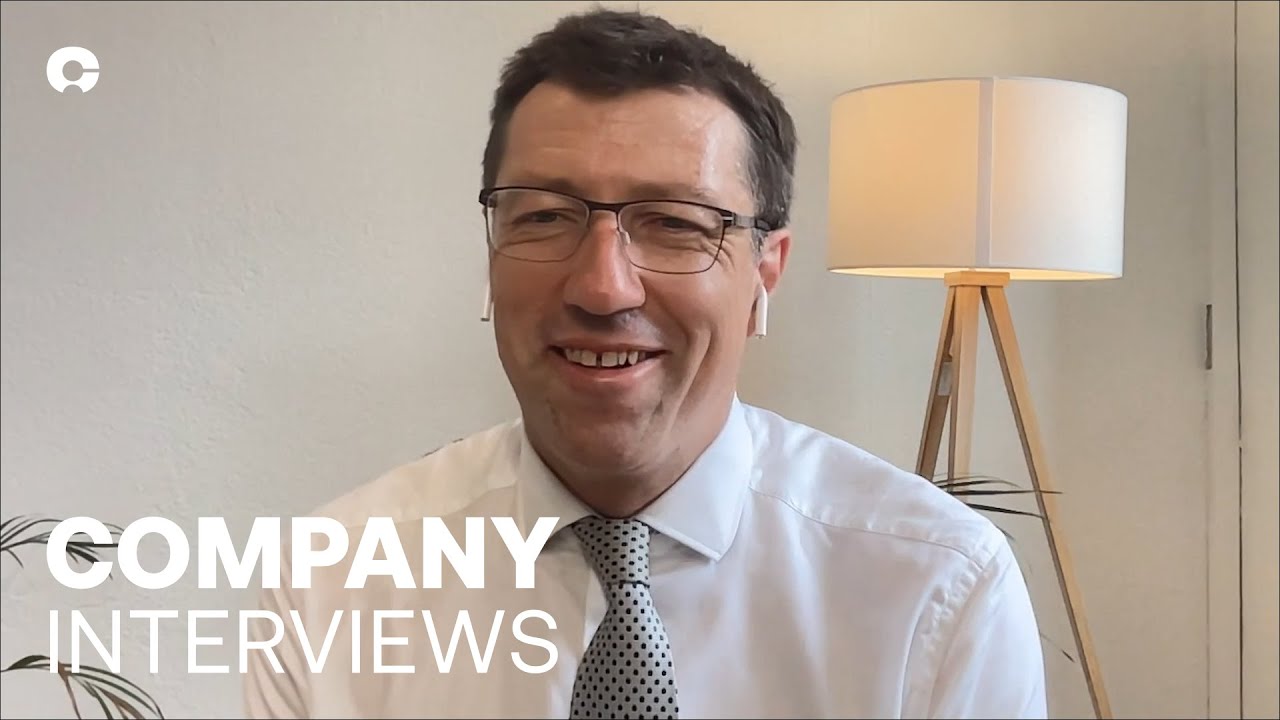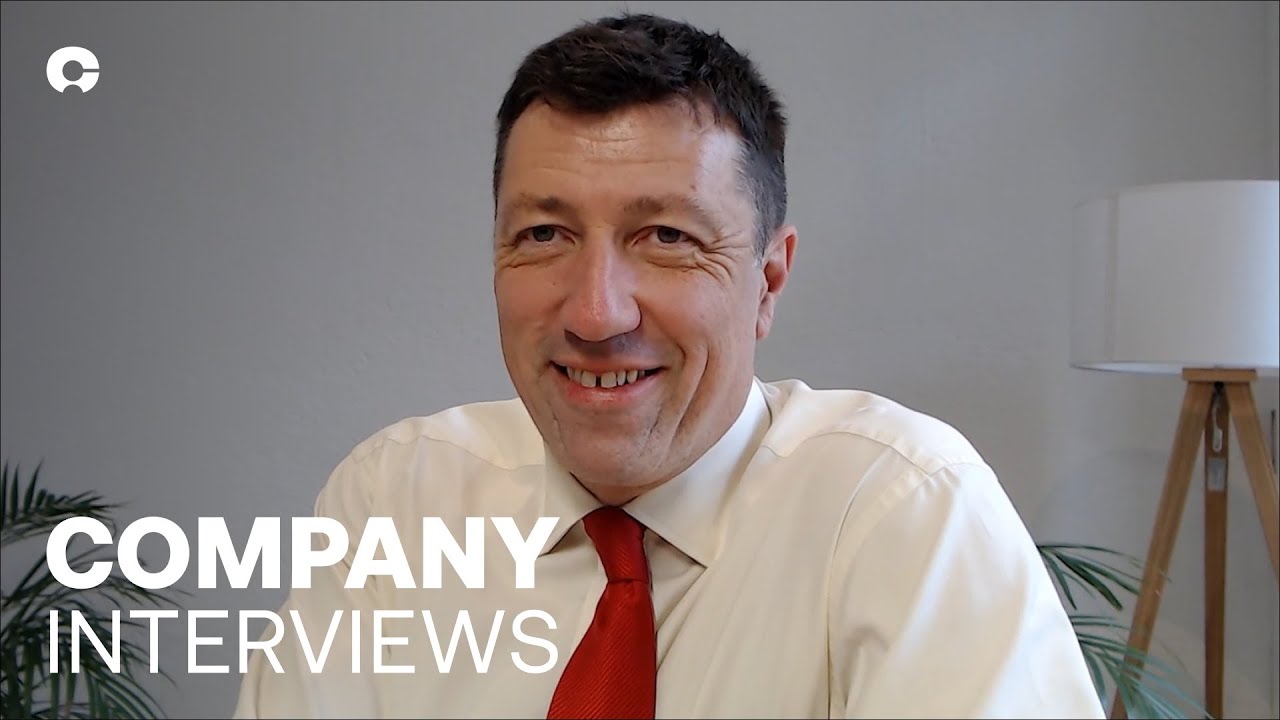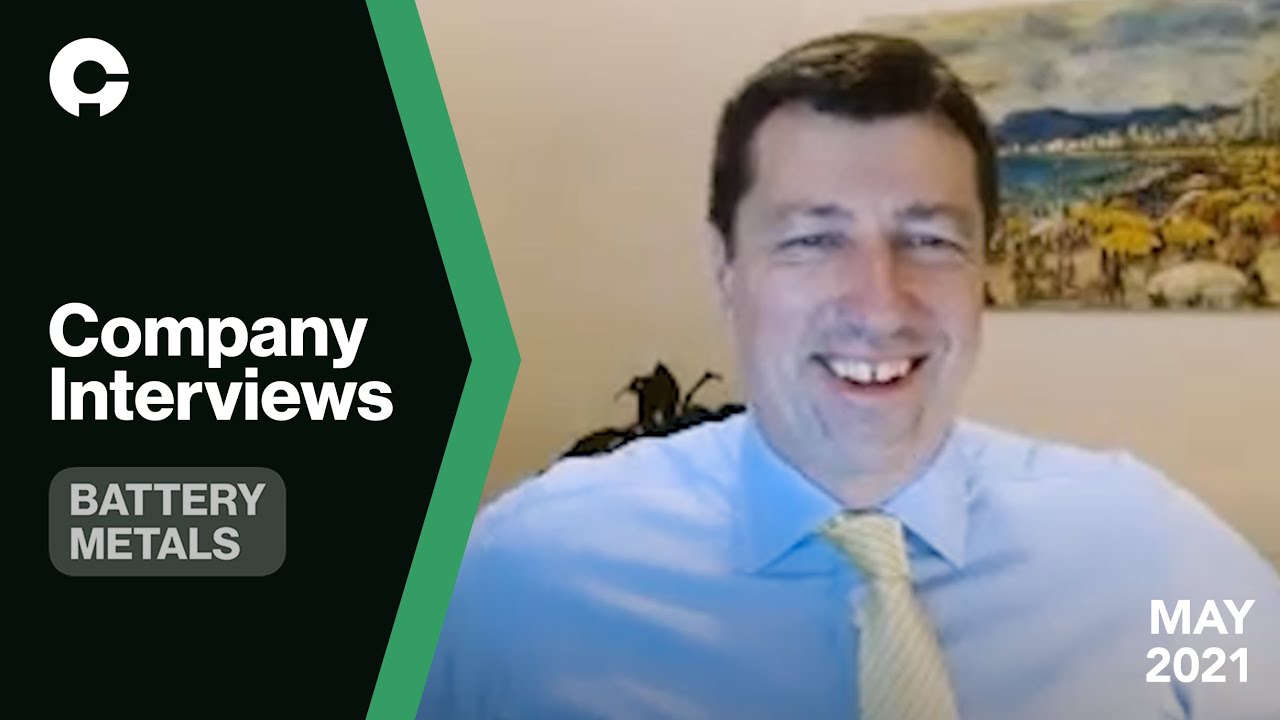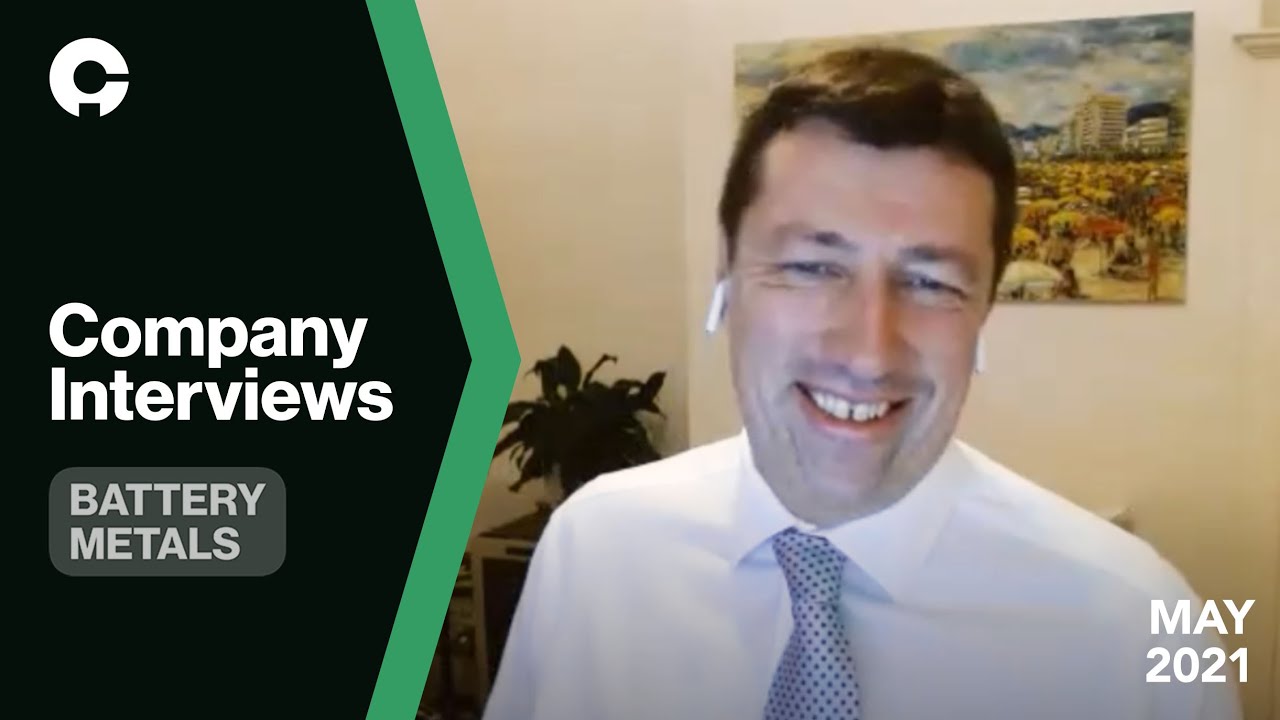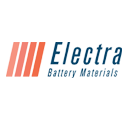Electra Battery Materials
NYSE: CLOSED
TSE: CLOSED
LSE: CLOSED
HKE: CLOSED
NSE: CLOSED
BM&F: CLOSED
ASX: CLOSED
FWB: CLOSED
MOEX: CLOSED
JSE: CLOSED
DIFX: CLOSED
SSE: CLOSED
NZSX: CLOSED
TSX: CLOSED
SGX: CLOSED
NYSE: CLOSED
TSE: CLOSED
LSE: CLOSED
HKE: CLOSED
NSE: CLOSED
BM&F: CLOSED
ASX: CLOSED
FWB: CLOSED
MOEX: CLOSED
JSE: CLOSED
DIFX: CLOSED
SSE: CLOSED
NZSX: CLOSED
TSX: CLOSED
SGX: CLOSED


Jervois Global

Crux Investor Index
3
–
Market Cap (USD)
33086136
Symbol
ASX:JRV
Stage of development

Development
Primary COMMODITY
Cobalt
Additional commodities
Nickel
Jervois Finland is a leading producer of refined cobalt products with a long-term capacity sharing agreement for a world-class refinery in Finland. The business generates cash flow through the cycle and has growth potential as cobalt demand expands, especially in electric vehicle batteries. Jervois Finland has a diversified customer base and receives 10-15% of feed from recycling.
The company focuses on product innovation and process improvements. Initiatives are underway to increase flexibility in raw material sourcing and sales strategy. Jervois Finland has adopted a 2035 net zero emissions target. The Kokkola facility has strong ESG credentials, including certification from the Responsible Minerals Initiative.
Expansion potential exists through debottlenecking the current refinery and constructing a new facility in the U.S., which is now the focus. The U.S. refinery would exclusively produce cobalt sulfate. Jervois Finland's team and existing engineering can help accelerate this project.
Jervois Finland represents a cornerstone asset for Jervois Global that generates cash flow, provides market intelligence and introduces the company to electric vehicle supply chains. Key factors for Jervois Finland are its diversified sales channels and ability to adapt to evolving cobalt market dynamics.
Article
No analyst notes









